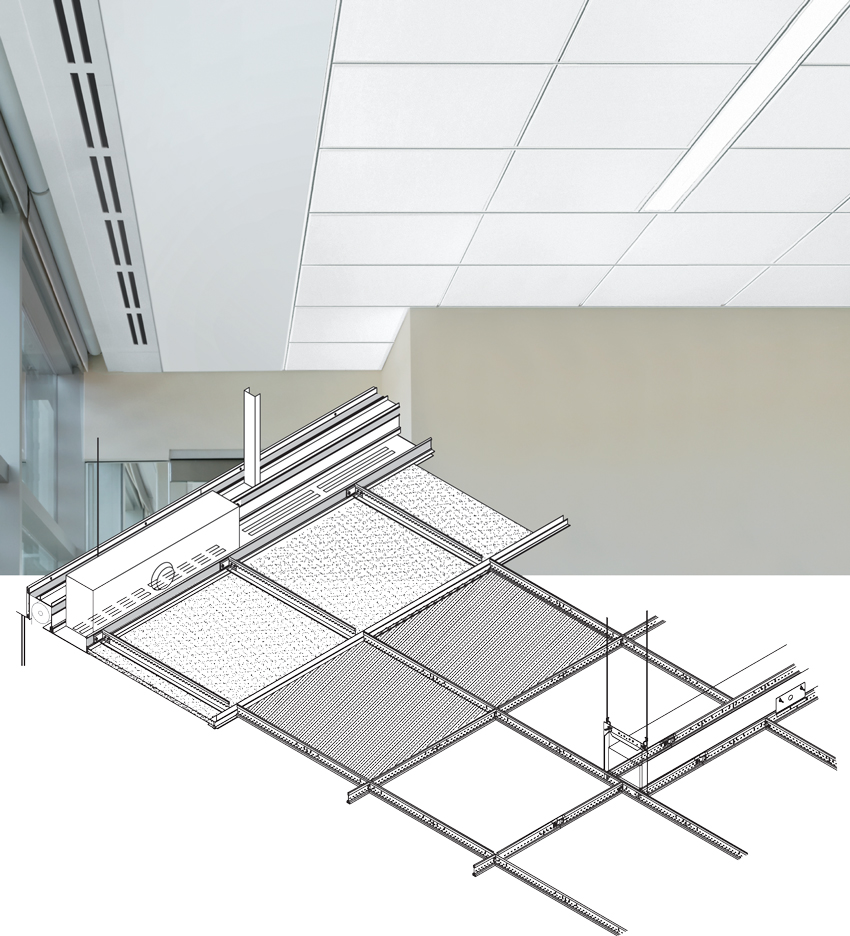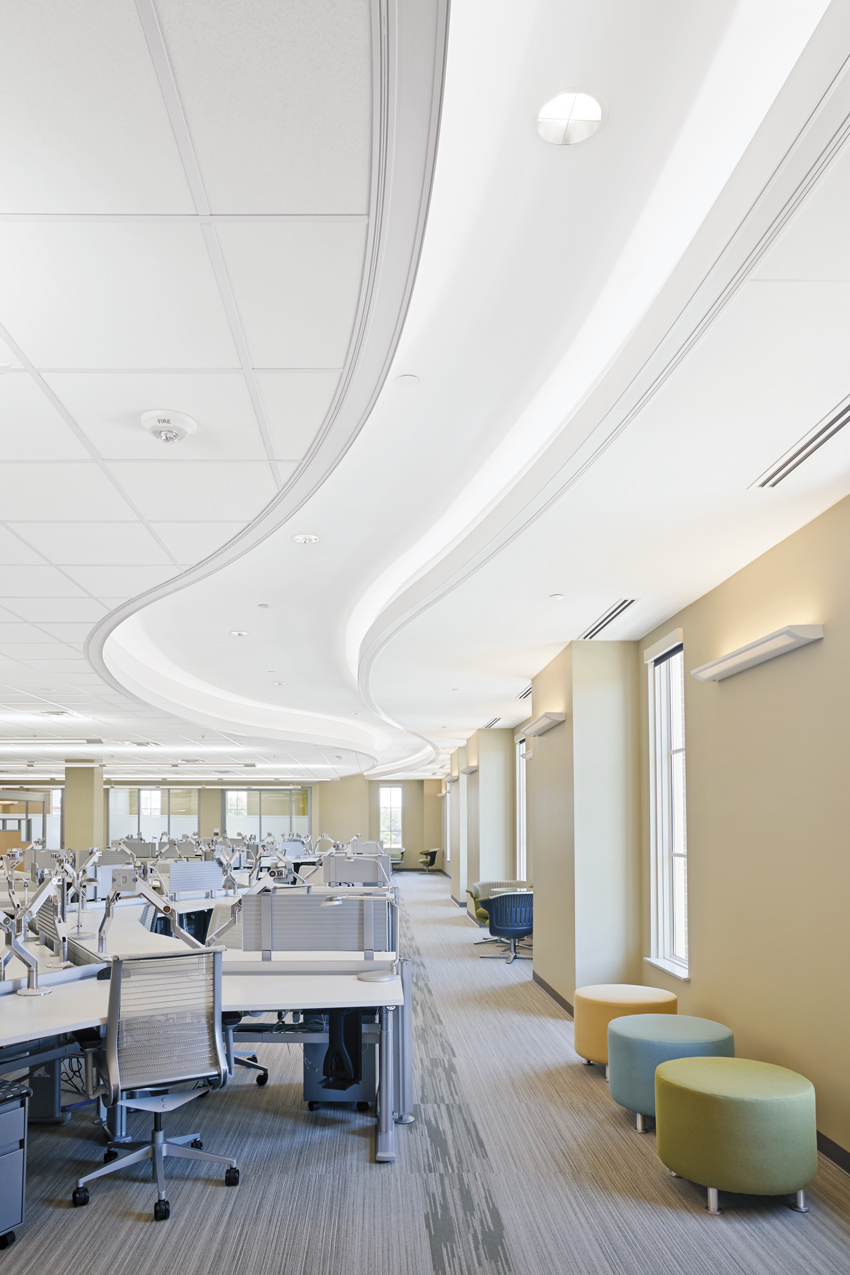Understanding Code-Compliant Integrated Ceiling Solutions
Learning Objectives:
- Discuss new installation systems that navigate the challenges of designing ceilings from one end of a building to another.
- Explain the design and construction benefits of pre-engineered integrated ceiling systems versus traditional ceiling design and construction practices.
- Describe the environmental and occupant comfort benefits of pre-engineered systems versus traditional systems.
- Apply new construction practice knowledge to make informed product specification choices.
- Implement new construction methods to design ceilings that can be easily constructed.
Credits:
This course is approved as a Structured Course
This course can be self-reported to the AANB, as per their CE Guidelines
Approved for structured learning
Approved for Core Learning
This course can be self-reported to the NLAA
Course may qualify for Learning Hours with NWTAA
Course eligible for OAA Learning Hours
This course is approved as a core course
This course can be self-reported for Learning Units to the Architectural Institute of British Columbia
New solutions are available that make building high-performance, aesthetically pleasing, integrated ceilings faster and easier than ever before. Traditional ceiling construction methods are less and less compatible with current design trends, expedited construction schedules, and sustainability practices. You are challenged with designing spaces that that meet your clients’ design intent and IBC and ASTM requirements, while contractors are pushed to meet accelerated construction schedules. By collaborating early with your ceiling partner, you can ensure best practices are followed for your project to meet design intent.
Pre-Engineered Ceiling Construction
Pre-engineered ceiling components were used in the Bell Helicopter headquarters construction to reduce coordination between trades, labor costs, and to speed the construction schedule. The ceiling components met the same codes and standards as traditionally built, on-site systems and reflected the identical design intent and specifications of the most sophisticated site-built systems using the same architect-specified materials. Thirty to 50 percent faster to build and install compared to traditionally constructed ceilings, they generate less waste, provide consistent quality throughout the building, and meet tighter construction schedules.
Pre-engineered components and related details can be included in specifications to ensure consistent installed visuals throughout a project. Pre-engineered ceiling systems are often already tested and approved for use in Seismic DEF building areas, backed by the required certifications available from the manufacturer. If you are specifying for a LEED project, components can contribute to credits.
In addition to traditional ceiling systems, examples of pre-engineered ceiling system solutions include: drywall suspension systems for ceilings and soffits, light coves, shade pockets, transitions, and acoustical clouds and canopies.

















